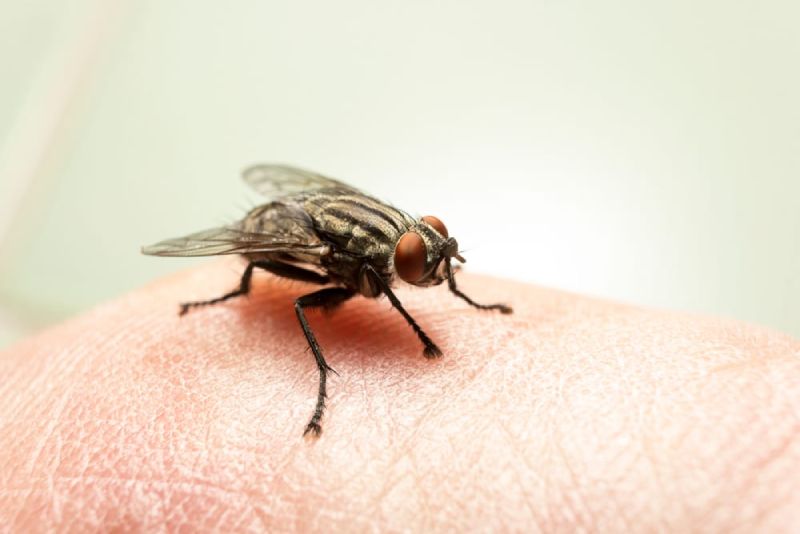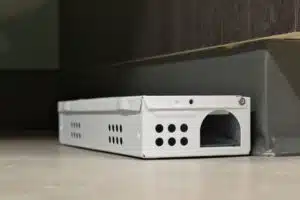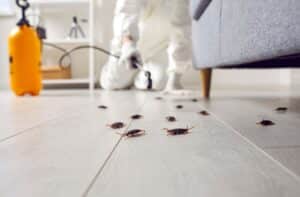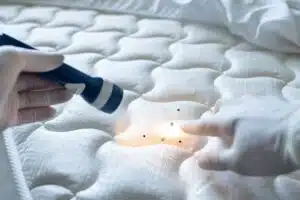In part one of this two-part blog series, we went over some of the most common fly types that may be found in or around properties during the year. Most of these will be prevented with the right basic pest control methods, but those who fail to obtain these may deal with multiple biting or contaminant-carrying fly types.
At A-1 Exterminators, we’re proud to offer general insect control services that cover a huge variety of fly types and prevent them from invading your space. In today’s part two, we’ll go over a few additional fly species to keep an eye out for, plus the risks they carry and how to take the proper precautions if you do notice their presence.
Cluster Fly
There are a few fly types that tend to congregate in lesser-used parts of a home or building, and a good example is the cluster fly. A dark grey or olive-colored fly with golden brown hairs and overlapping wings, cluster flies prefer to spend time in attics, wall voids and other quieter, low-traffic areas of a structure. These locations also double as warm winter hibernation options in many cases.
During the summer, you may also see cluster flies on windows. This is because they’re attracted to the light the sun creates.
Drain Fly
A smaller fly that’s tan or grey and has densely hair wings, the drain fly will most commonly be found around drains, sewers and similar areas. This type may also be called the sewage fly or moth fly, and their larvae feed on various sludge materials found in these locations. Drain flies aren’t generally very dangerous to humans, but can become a major nuisance in sewage areas.
Sand Fly
A fly type that’s a bit rarer near structures unless you have a water source and some surrounding sand is known as the sand fly. This type is a larger, longer fly with a pale grey color and bronze eyes, one that’s attracted to riverbanks and open habitats without any trees or shade. Female sand flies lay eggs either in damp soil near the water or directly in thee water itself. Sand fly larvae grow extremely slowly for flies – they can take as long as two years to develop.
Flesh Fly
Finally there’s the flesh fly, which takes its name from the way some of its larvae mature in spoiled or decaying meat or flesh. Flesh flies range pretty widely in size, with dark longitudinal stripes on top of a light grey body. They may breed in animal carcasses and can be involved with myiasis, so care should be taken if they are spotted.
For more on various fly types, or to learn about any of our pest control or exterminator services, speak to the staff at A-1 Exterminators today.



